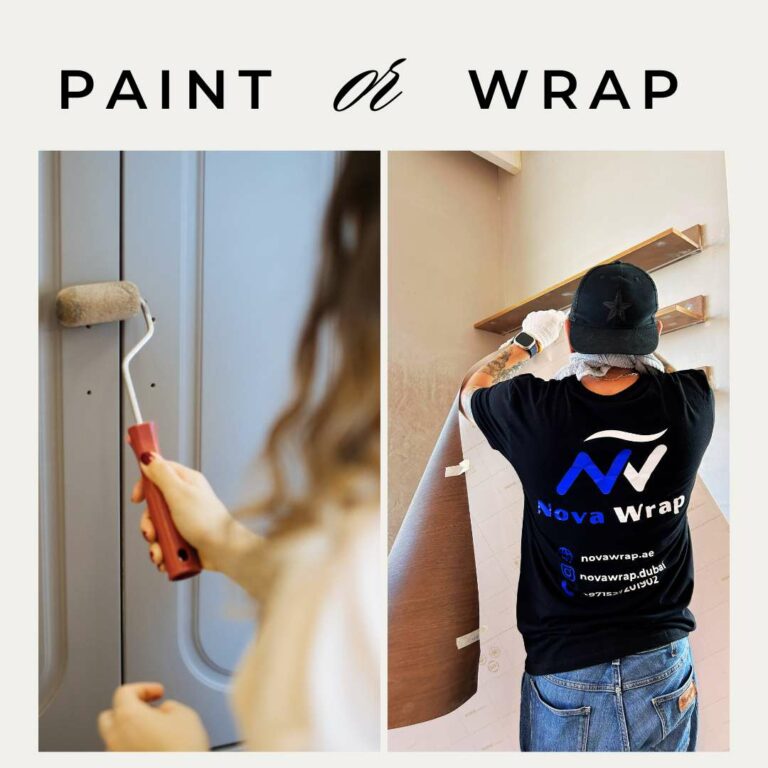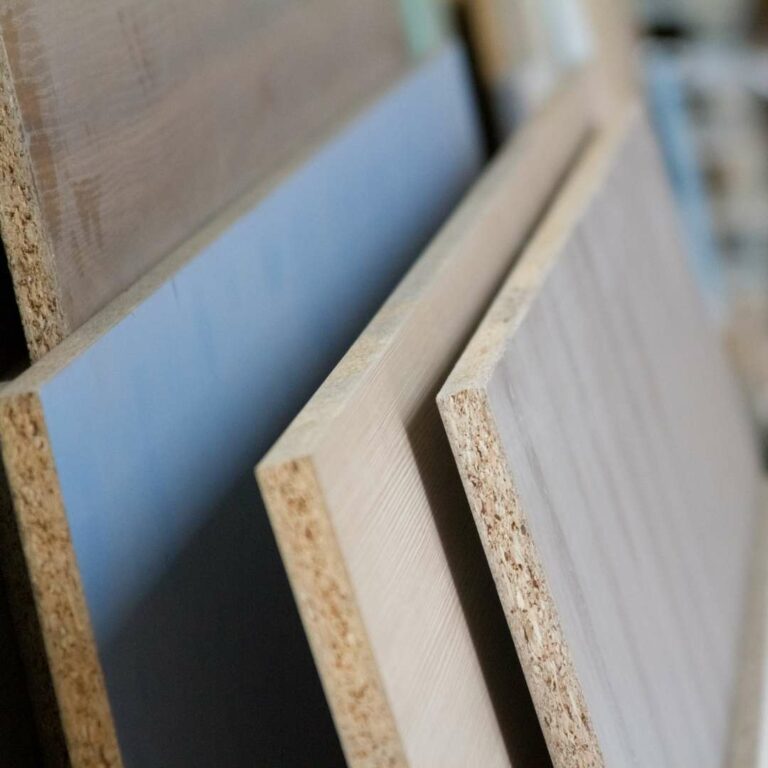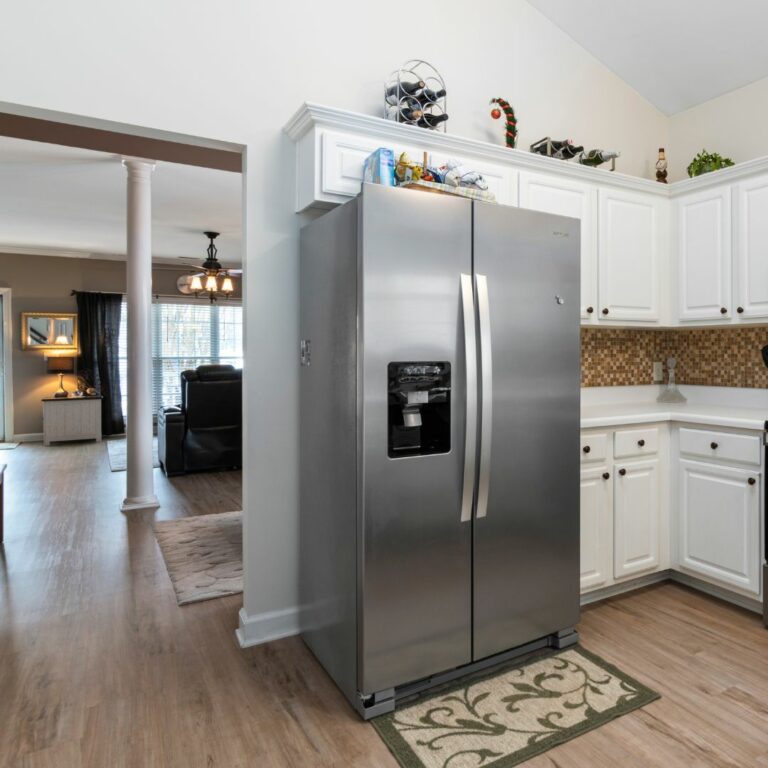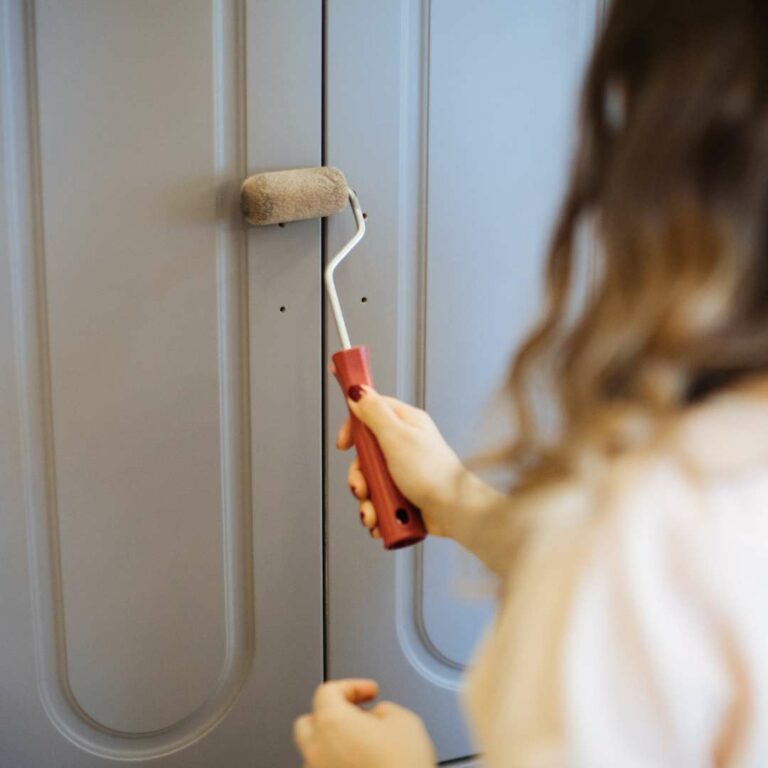Greetings!
As part of our commitment and appreciation for our Dubai Kitchen Wrapping customers, we present a comprehensive cleaning guide to help you maximize the longevity and pristine appearance of your recently vinyl wrapped cabinets,
This guide is designed to empower you with the knowledge and tips needed to maintain your newly transformed cabinets, ensuring they continue to shine with the same brilliance as the day of installation.
Regular care and attention to the cleaning methods outlined here will not only preserve the beauty of your wrapped cabinets but also enhance their durability for years to come.
Cleaning Materials and Tools
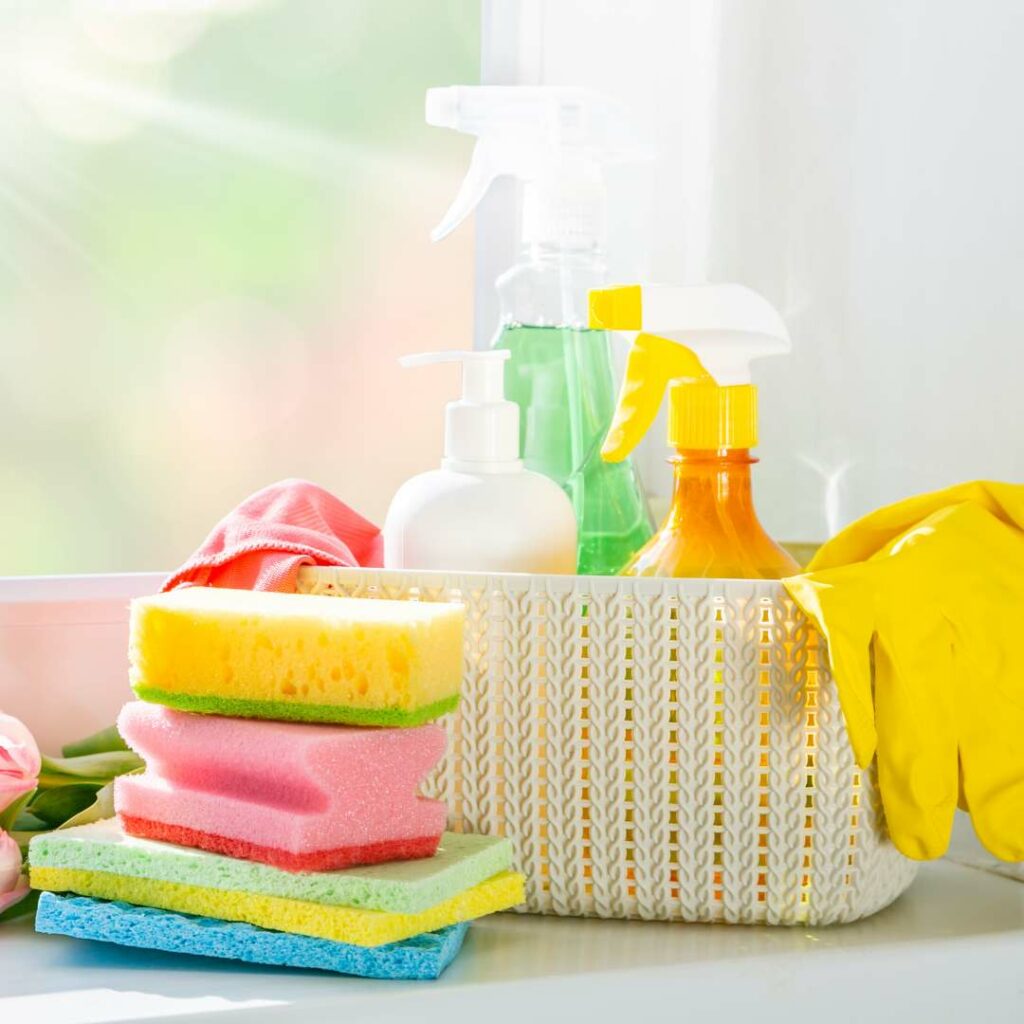
Before you get stuck into the cleaning process, gather the materials and tools you’ll need. Here are a few handy products that we recommend.
- Mild Dish Soap: A gentle yet effective cleanser for routine cleaning.
- Warm Water: Used in conjunction with dish soap for creating a cleaning solution.
- Microfiber Cloths: Soft and lint-free, ideal for preventing scratches on the vinyl surface.
- Soft Sponge: Non-abrasive and perfect for tackling stubborn spots.
- Rubbing Alcohol: Effective for removing ink stains – but be careful to not overdo it.
- White Vinegar: A natural disinfectant and mold/mildew deterrent for areas exposed to moisture and humidity. If you’ve just completed your bathroom wrapping in Dubai it’s recommended to pay special attention to any wet areas from mold and mildew.
- Baking Soda: Useful for creating a paste to tackle grease stains.
- Soft-Bristle Brush: Ideal for gentle scrubbing.
- Acetone (Nail Polish Remover): Helpful for removing stubborn stains like permanent marker, but be extra careful. More on this below.
Speak To Our Team
If you’re interested in interior vinyl wrapping in Dubai, we’ve got your project under wraps!
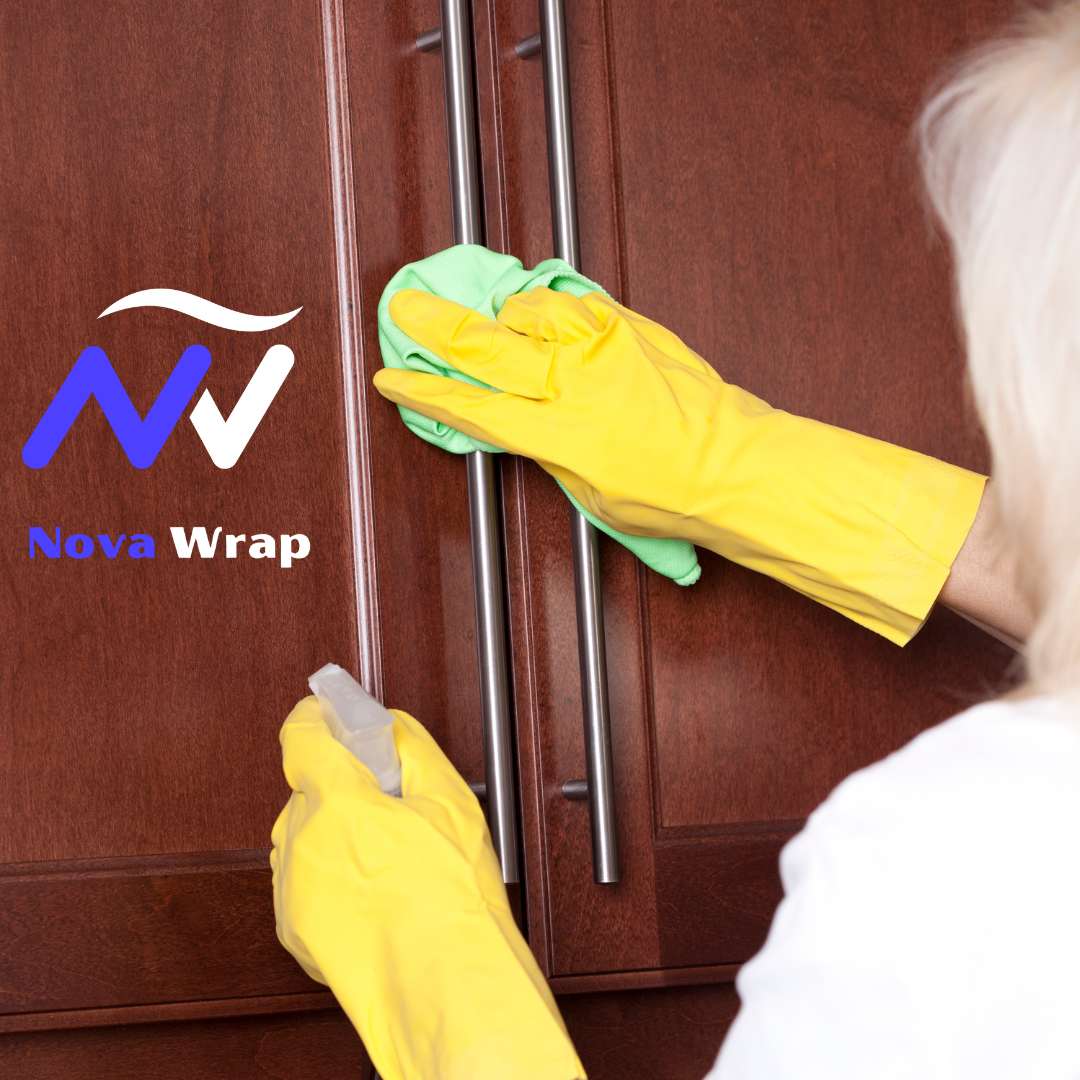
How To Clean Wrapped Kitchen Cupboards
Step 1: Regular Dusting
It’s a good idea to always do regular cleaning. This can be as simple as dusting the cabinets regularly using a soft, microfiber cloth. This prevents the accumulation of debris, ensuring a cleaner surface for more thorough cleaning.
Step 2: Creating a Cleaning Solution
Mix a small amount of mild dish soap with warm water to create a gentle cleaning solution. This concoction is suitable for routine cleaning to maintain the overall cleanliness of your vinyl-wrapped cupboards. Architectural film is highly water resistant so don’t worry too much about ruining the adhesive properties.
Step 3: Wiping Down the Cupboards
Dampen a microfiber cloth in the cleaning solution and wipe down the cupboard surfaces. Ensure that the cloth is not overly wet to prevent excessive moisture on the vinyl.
Step 4: Tackling Stubborn Stains
We have covered the topic of removing stains from vinyl wrap, here is the short breakdown for specific stains:
- Ink Stains: Dab a small amount of rubbing alcohol on a cloth and gently rub the stain until it lifts off.
- Food and Beverage Stains: Use the soapy water solution, applying it with a soft cloth. Rinse with a damp cloth and wipe dry.
- Grease Stains: Create a paste with baking soda and water, spread it over the stain, and scrub gently with a soft-bristle brush. Wipe away with a damp cloth.
- Permanent Marker or Pen Marks: Dab a small amount of acetone on a cloth and gently rub until the marks lift off. Wipe with a damp cloth to remove any residual acetone.
- Mold and Mildew: Mix equal parts water and white vinegar, apply the solution, and let it sit for 10-15 minutes before wiping away.
Step 5: Preventive Measures
To ensure the longevity of your vinyl-wrapped cupboards:
- Regular Maintenance: Establish a cleaning routine based on the level of use and exposure.
- Prompt Stain Removal: Address stains promptly to prevent them from becoming deeply embedded.
- Avoid Excessive Moisture: While vinyl is water-resistant, avoid using excessive water during cleaning.
- Protective Measures: Consider using coasters or placemats to prevent direct contact with hot objects, liquids, or sharp items.
What To Avoid When Cleaning Vinyl Wrap
Maintaining the sleek appearance of your vinyl-wrapped surfaces involves more than just knowing what to do—it’s equally crucial to be aware of what to avoid. Steering clear of certain chemicals, cleaning methods, and potential hazards will help preserve the integrity of your vinyl wrap. Here’s a comprehensive list of what to avoid:
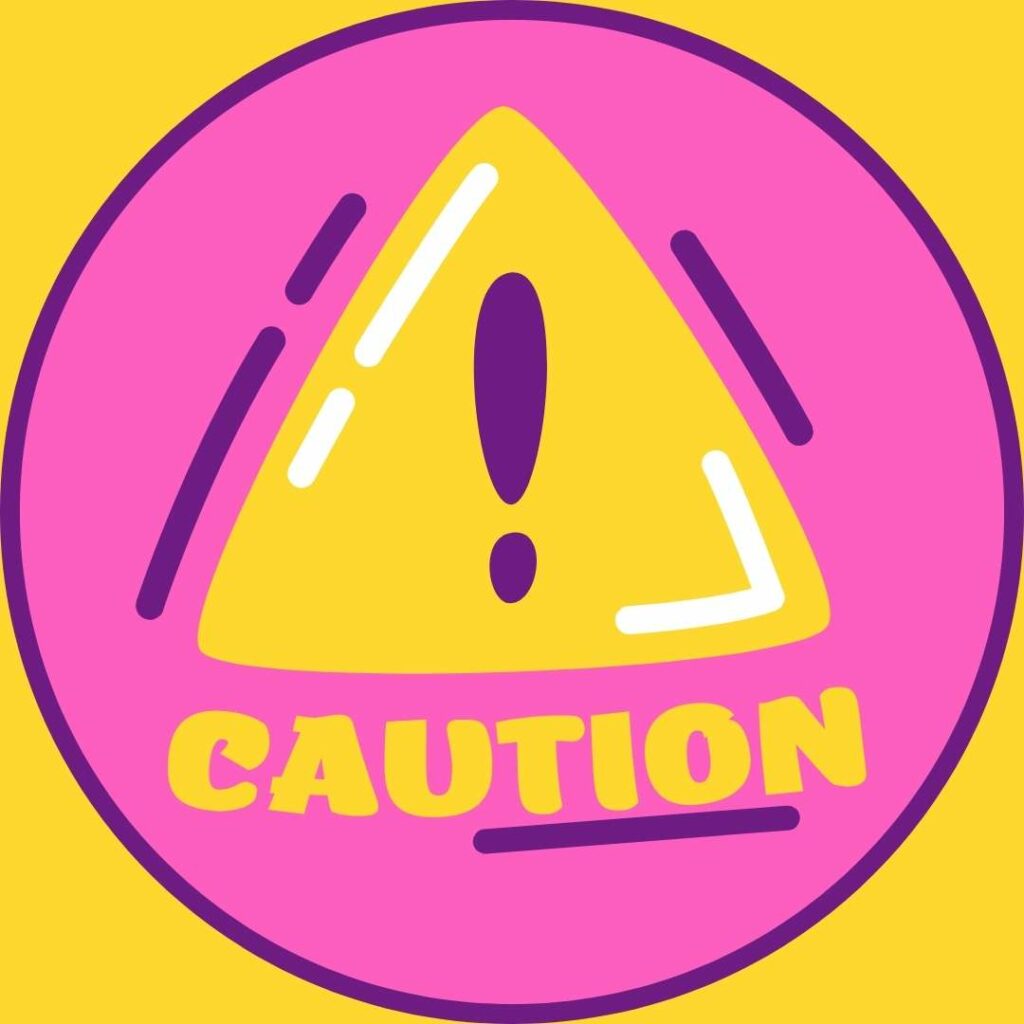
1. Harsh Chemicals:
- Avoid: Using strong solvents, bleach, or abrasive chemicals.
- Why Avoid: These can cause discoloration, damage the protective coating, and compromise the overall look of the vinyl.
2. Abrasive Cleaning Tools:
- Avoid: Using scouring pads, steel wool, or abrasive brushes.
- Why Avoid: These tools can scratch the vinyl surface, leading to visible marks and diminishing the smooth finish.
3. Hot Water Overuse:
- Avoid: Cleaning with excessively hot water.
- Why Avoid: High temperatures can impact the adhesive properties of the vinyl, potentially causing warping, discoloration, or peeling.
4. Excessive Moisture:
- Avoid: Allowing water to pool or saturate the vinyl.
- Why Avoid: While vinyl is water-resistant, excess moisture can seep into seams, edges, and corners leading to potential damage or discoloration.
5. Using Sharp Objects:
- Avoid: Direct contact with sharp utensils or tools.
- Why Avoid: Sharp objects can puncture or scratch the vinyl surface. Make use of protective measures such as placemats to prevent direct contact.
6. Neglecting Test Patches:
- Avoid: Skipping the test in an inconspicuous area before applying new cleaning solutions or attempting stain removal.
- Why Avoid: Not all cleaning solutions are compatible with vinyl; a test patch helps prevent unintended damage. Make sure to do your test in a small area not easily visible.
7. Overlooking Stains:
- Avoid: Ignoring spills or stains.
- Why Avoid: Stains left unattended can become more challenging to remove and may result in permanent discoloration.
8. Using Ammonia-Based Cleaners:
- Avoid: Cleaning with ammonia-based products.
- Why Avoid: Ammonia can break down the vinyl and compromise its structure, leading to potential damage.
9. Exposing to Direct Sunlight:
- Avoid: Prolonged exposure to direct sunlight.
- Why Avoid: Sunlight can cause fading or discoloration over time. Use window treatments to limit exposure.
10. Skipping Regular Inspections:
- Avoid: Neglecting to inspect the vinyl surface regularly.
- Why Avoid: Early detection of wear, peeling, or damage allows for timely intervention and prevents minor issues from escalating.
11. Overstretching the Vinyl:
- Avoid: Applying excessive force or pressure, especially on seams or edges.
- Why Avoid: Overstretching the vinyl can lead to distortion, peeling, or separation from the underlying surface.
12. Using Adhesive Removers:
- Avoid: Applying adhesive removers directly on the vinyl.
- Why Avoid: These solutions can break down the adhesive holding the vinyl in place, leading to unintended peeling or damage.

